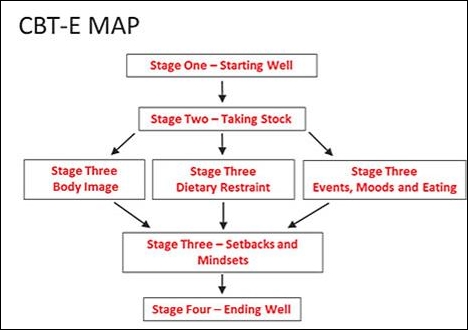 |
Recently, the number of anorexic patients has increased as people who prefer thin bodies go on extreme diets. Anorexia is one of the most common eating disorders, a condition characterized by continuous behavior to lose weight, weight loss, inappropriate adherence to food and weight, and an intense fear of gaining weight. The causes of anorexia are as follows. Changes in brain chemistry exist in family members and affect anorexic patients, bad experiences before the onset of anorexia, like being mocked by body type or weight, abuse, malicious comments, etc.
Also, the resulting perfectionist personality, low self-esteem, and unstable emotions. The highest incidence of anorexia is known to be in women between the ages of 15 and 19, but it can also occur in men and in people of higher ages. The incidence of anorexia is considered to be much greater in countries where the value of slimness is emphasized and where people care about other people's eyes.
 |
Symptoms of anorexia include extreme weight loss, excessive exercise, obsession with calorie calculation, distorted gaze on one's body, and refusal to hunger, and they also feel severe compulsion, anemia, and amenorrhea. Some people feel their whole body is fat, and others recognize certain body parts as being too fat while acknowledging their skinny body shape. Sometimes they suffer more from obsessive compulsion by looking at pictures of the bodies of skinny celebrities and very skinny people.
The most effective way to solve this is psychological treatment like CBT-E. CBT-E is the abbreviation for "enhanced cognitive behavior therapy" and is one of the most effective treatments for eating disorders. CBT-E (Enhanced Cognitive Behavioral Therapy) was developed by Christopher Fairburn at Oxford University. This is a highly individualized treatment, not a single treatment. There are four stages here.
 |
To sum up, first of all, the emphasis is on gaining a mutual understanding of patients' eating problems and helping patients to modify and stabilize their eating habits. Then systematically review progress and plan for the main body of treatment. Lastly, focus on dealing with setbacks and maintaining the changes that have been obtained. In the case of underweight patients, the treatment period is more extended. These treatments will be of great help to the patient. But remember, you are magnificent enough now; only you know your true worth.
<source-https://www.ipsico.it/ , cbte.co >
이지율 강남포스트 학생기자 webmaster@ignnews.kr
<저작권자 © 강남포스트, 무단 전재 및 재배포 금지>

 강남구, 성남~강남 민자고속도로 전략환경영향평가서 공청회
강남구, 성남~강남 민자고속도로 전략환경영향평가서 공청회


